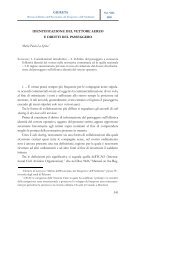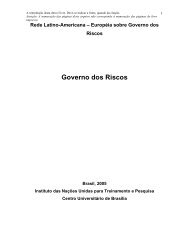YEARS OF EUROPEAN ONLINE ANNÉES DE EN LIGNE ...
YEARS OF EUROPEAN ONLINE ANNÉES DE EN LIGNE ...
YEARS OF EUROPEAN ONLINE ANNÉES DE EN LIGNE ...
Create successful ePaper yourself
Turn your PDF publications into a flip-book with our unique Google optimized e-Paper software.
WORKSHOP<br />
In order to create more eficient ontologies, the granularity has to be much<br />
iner. thus the distinction between wood that is used for construction and<br />
wood which normally is not used in this context could be clearer, as the<br />
number of direct links could be reduced. In the abovementioned example this<br />
distinction is made by means of multiple links from the central term: ‘pear’,<br />
‘oak’ and ‘beech’ have links to ‘tree’ as well as to ‘wood’ whereas ‘apple’ is<br />
only related to ‘tree’.<br />
It is obvious that one of the main problems of this approach is the availability<br />
of corresponding ontologies. In fact, onomasiological dictionaries which<br />
have been created together with knowledge schemata in the last decades could<br />
be of high interest ( 3 ). Unfortunately the cooperation between the classical<br />
linguistic lexicography and modern computer-assisted and oriented research is<br />
not always very intensive.<br />
the research for linguistic patterns is also supported by the use of thesauri.<br />
the distinction between main terms and synonyms or near-synonyms<br />
( 3 ) See, for example, the onomasiological dictionary project of the Romance languages by<br />
henri Vernay (1991).<br />
154 | 155<br />
01_2007_5222_txt_ML.indd 155 6-12-2007 15:14:05



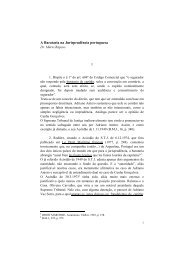
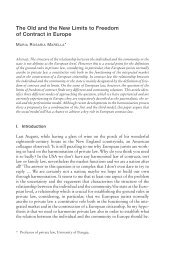

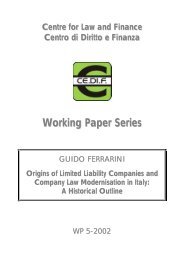
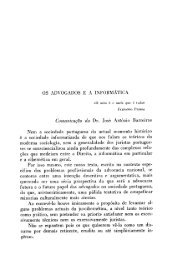
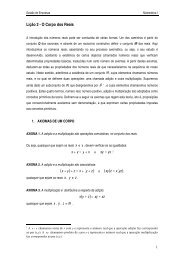
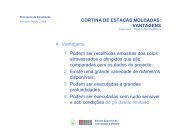
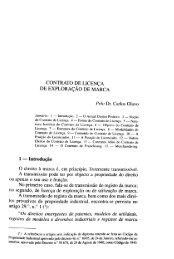
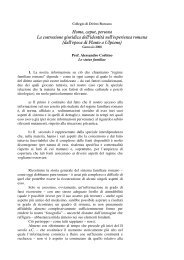
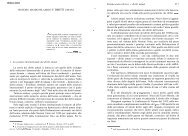

![Luigi Sapio Nozione di islām La parola “islām” [ ] è il mas.dar1 ...](https://img.yumpu.com/15836073/1/185x260/luigi-sapio-nozione-di-islam-la-parola-islam-e-il-masdar1-.jpg?quality=85)
